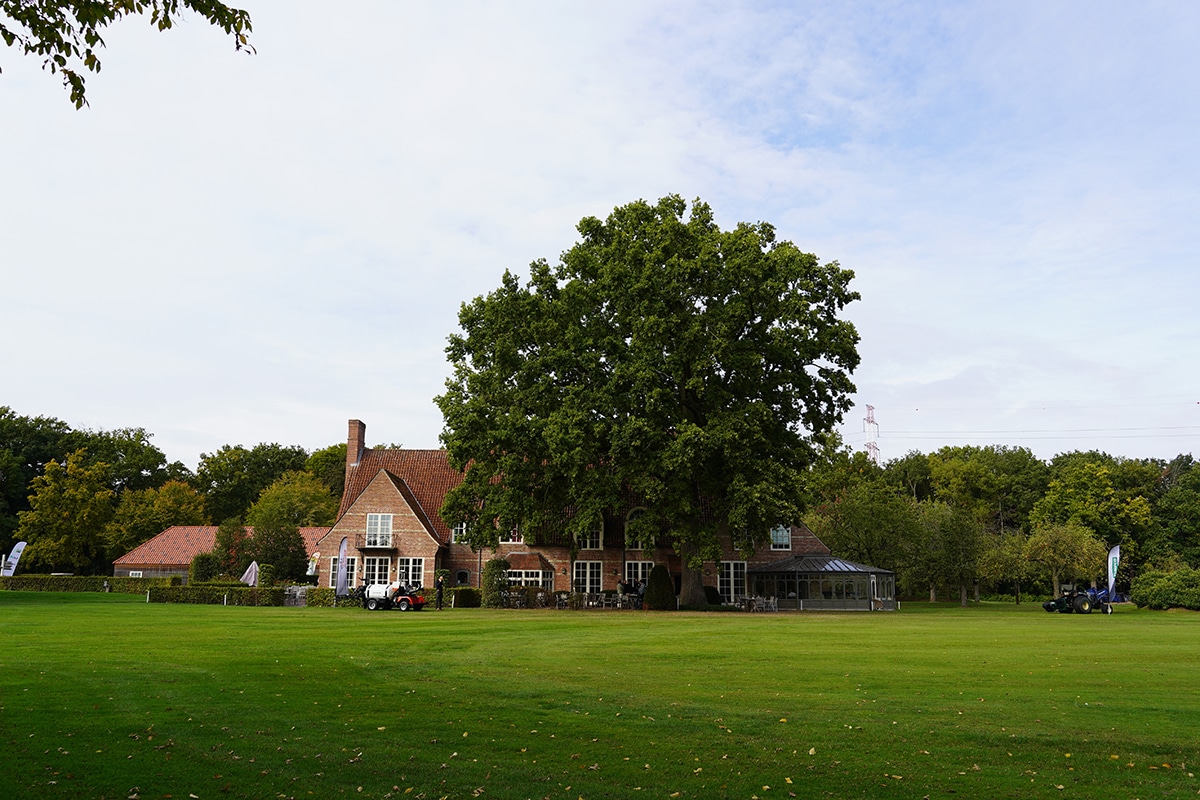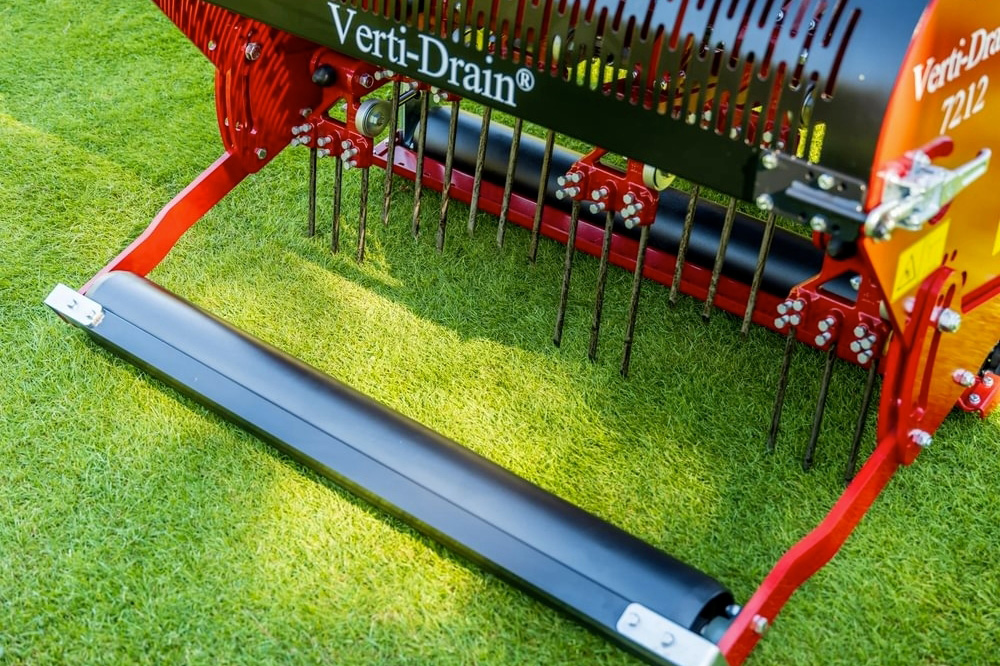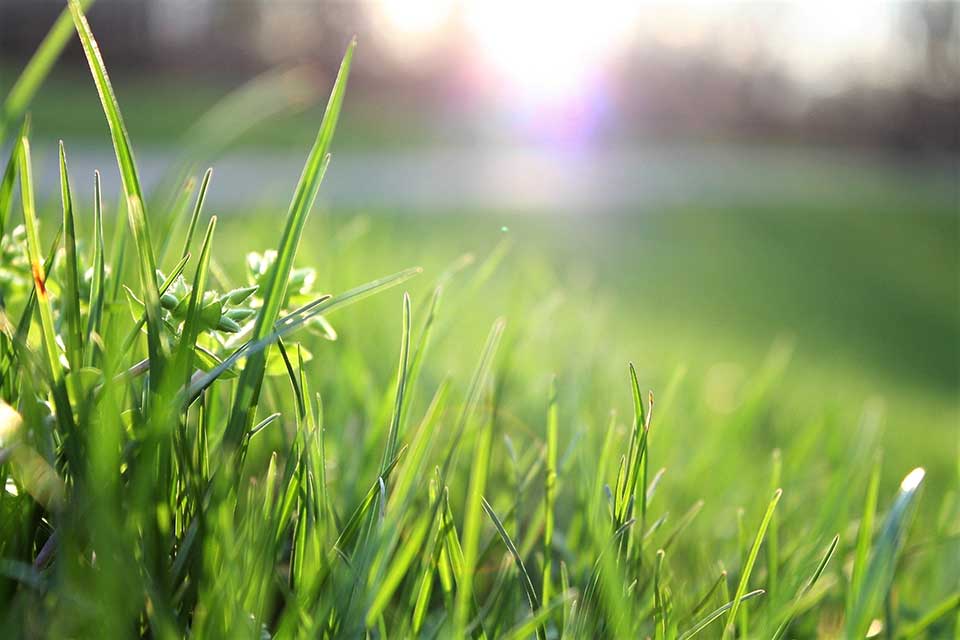
How do you control leaf beetle larvae? Scarab grubs the killers of the lawn
Does the lawn turn yellow in spring and you can lift the turf from the soil? Then in all likelihood you are dealing with a heavy infestation of grubs. Unfortunately, a hundred percent efficient chemical or biological control of this pest is virtually impossible, but the research community and government are feverishly searching for an effective solution. In this article, we give a preliminary overview of the damage pattern, life cycle and control possibilities of the sallander beetle in particular.
grubs is a collective term for larvae of leaf beetles. These larvae feed on the roots of the grass, eventually causing the turf to become loose. The result is a turf with dried-out, dead, yellow or even open patches here and there. Moreover, because blackbirds, crows, starlings, and so on love the fat larvae, secondary damage occurs in most cases due to their scavenging. In addition, the beetles themselves can fly up to several miles away, resulting in widespread damage.
To determine the infestation, simply lift an infested, rootless sod. You will then quickly find dozens of larvae.
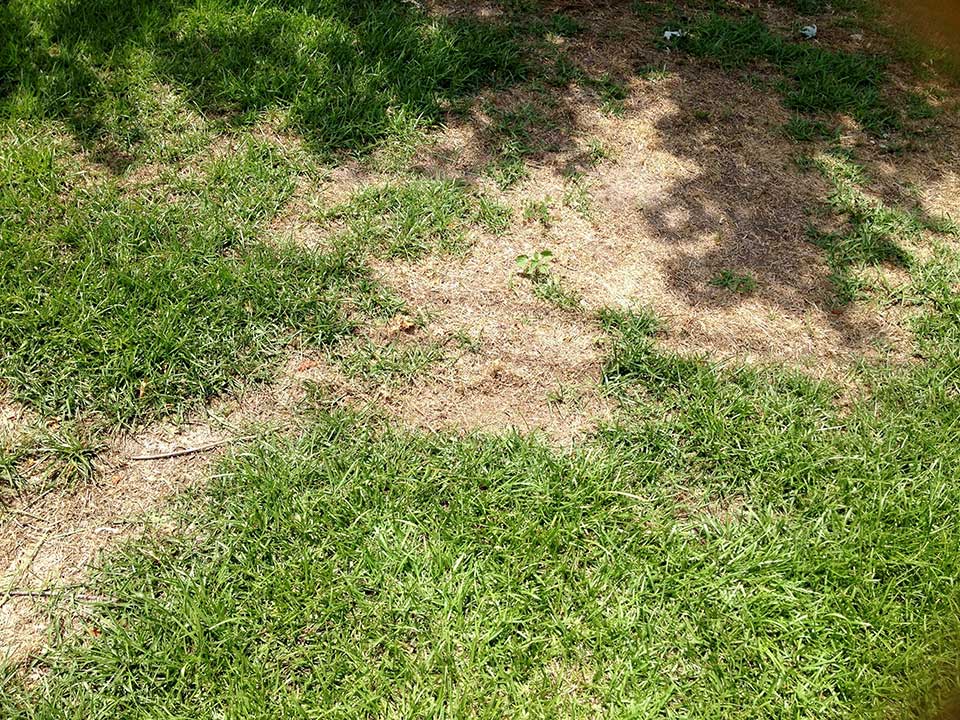
Lifetime
Most of the grubs that cause foraging on lawns are the larvae of the salland beetle, or Hoplia philantus. The rose chafer, Phyllopertha horticola, also occurs in lawns, although to a lesser extent.
The salland beetle has a two-year cycle, the rose beetle a one-year cycle. In heavily infested gardens, from early May through June, the adult beetles will fly up from the grass in large numbers at dusk. The female deposits glassy oval eggs at a depth of 15 to 20 centimeters and in groups of 12 to 30 in the lawn, and several weeks later the brood hatches.
For the first few weeks, the larvae still feed on humic, dead plant debris. Then they switch to the hair roots, finally consuming all plant roots. Therefore, we will only notice the damage in the lawn in the early fall of the following year. As temperatures drop in the fall, the larvae crawl deeper into the ground, only to re-emerge in the spring and eat the grass roots. Not until spring do they pupate in the ground to become beetles. The adult beetles generally cause little damage.
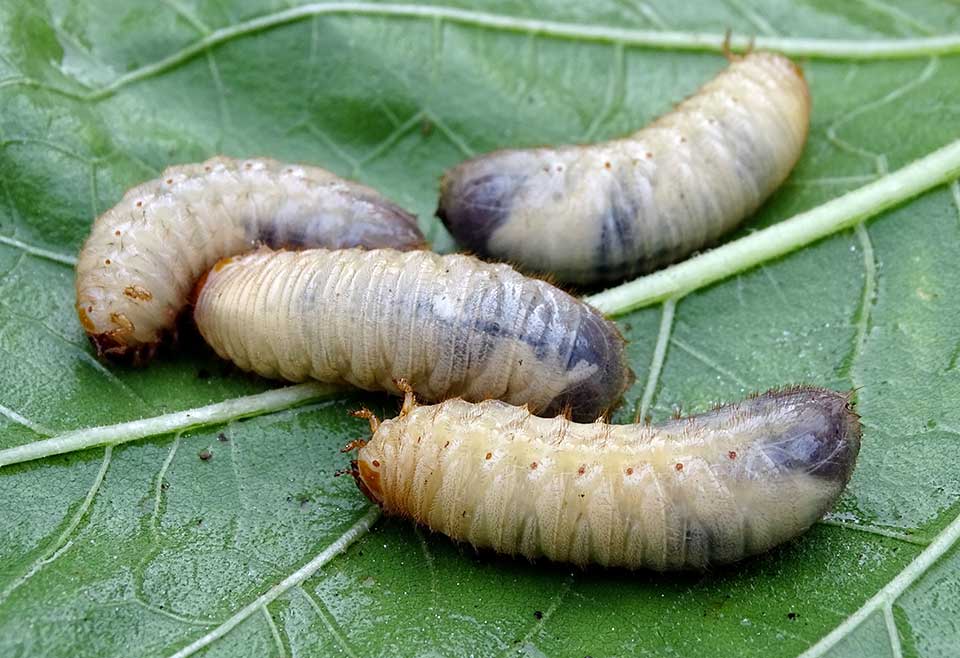
Prevention
Poorly maintained lawns are more prone to damage. Therefore, water and fertilize the lawn adequately, and ensure proper pH and optimal soil structure.
Restore damaged grass by sowing new grass seed or laying turf. Soil cultivation before reseeding is recommended, as it is unfavorable for eggs and larvae. Also, scarify sufficiently to avoid moss infestations.
The natural enemies of grubs are entomophagous nematodes and fungi, birds, chickens, hedgehogs, shrews and moles.
Chemical control
Curative chemical control is currently not possible, as there are no adequate and approved plant protection products available for controlling grubs in lawns (see www.fytoweb.be). Orientation trial work by PCS in the past indicated that larger, older grubs are very difficult to control with insecticides.
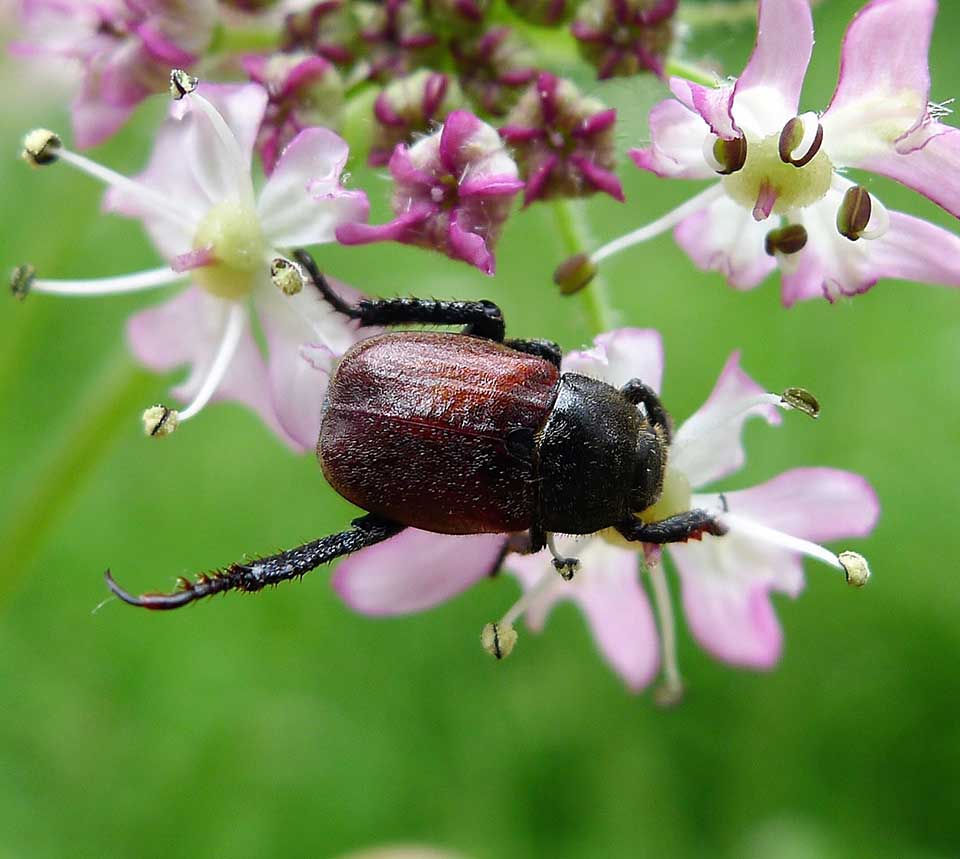
Biological control
Biological control of the rose chafer is possible with insect-parasitizing nematodes. Trade preparations include B-Green, Biogreen and Larvanem. These microscopic nematodes will actively seek out beetle larvae. They invade the larva and secrete bacteria there that are fatal to the grubs. The bacteria convert the host's intestines into liquid food for the nematodes, so they in turn multiply and thus a new generation of nematodes can search for remaining grubs. Infected beetle larvae turn from white-beige to bright red to brown and the insect wears away, often making it difficult to retrieve. The first grubs can be killed after only two to four days.
However, there are quite a few concerns with this treatment. A correct determination of the leaf beetle larvae is essential. The nematodes give only inconsistent results in the control of the Salland beetle and the May and June beetles are not susceptible at all. If in doubt, larvae can be sent to the Observation & Warning Service of the PCS.
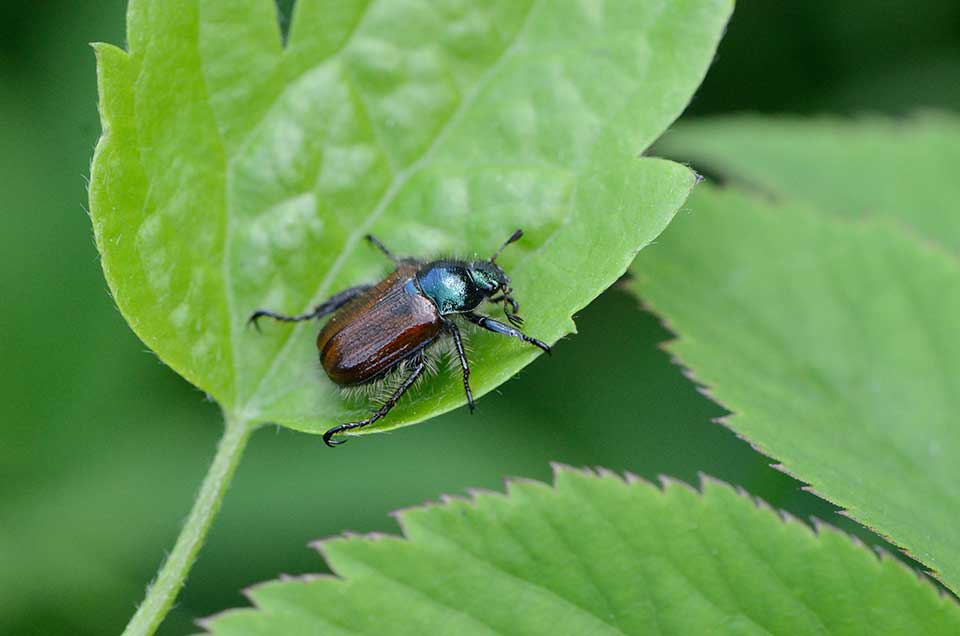
In addition, application of nematodes must be reasoned. Treatment is best done between mid-July and September, when the beetle larvae are right under the turf and new generation larvae are most susceptible to biological control. Indeed, the older and larger the larva, the more difficult it is for the nematodes to penetrate. The fact that there are often several generations in a lawn does not make things easier.
Furthermore, the soil temperature should not fall below 12°C and the soil should be sufficiently moist. Indeed, the nematodes are very sensitive to dehydration and exposure to sunlight. Therefore, they are best applied in cloudy weather and preferably at night. After application, the nematodes must be watered in. The lawn must then remain moist for several weeks. It is interesting to note that these nematodes also kill the larvae of the harmful vine weevil.
Future prospects
Several landscapers have already contacted the PCS regarding the problem of grubs in lawns. Long dry periods mean that nematodes are not always well distributed in parched soils. Therefore, in the coming years, the PCS will focus on practical research that can improve the biological control of grubs, in cooperation with governments, firms and the green industry.

